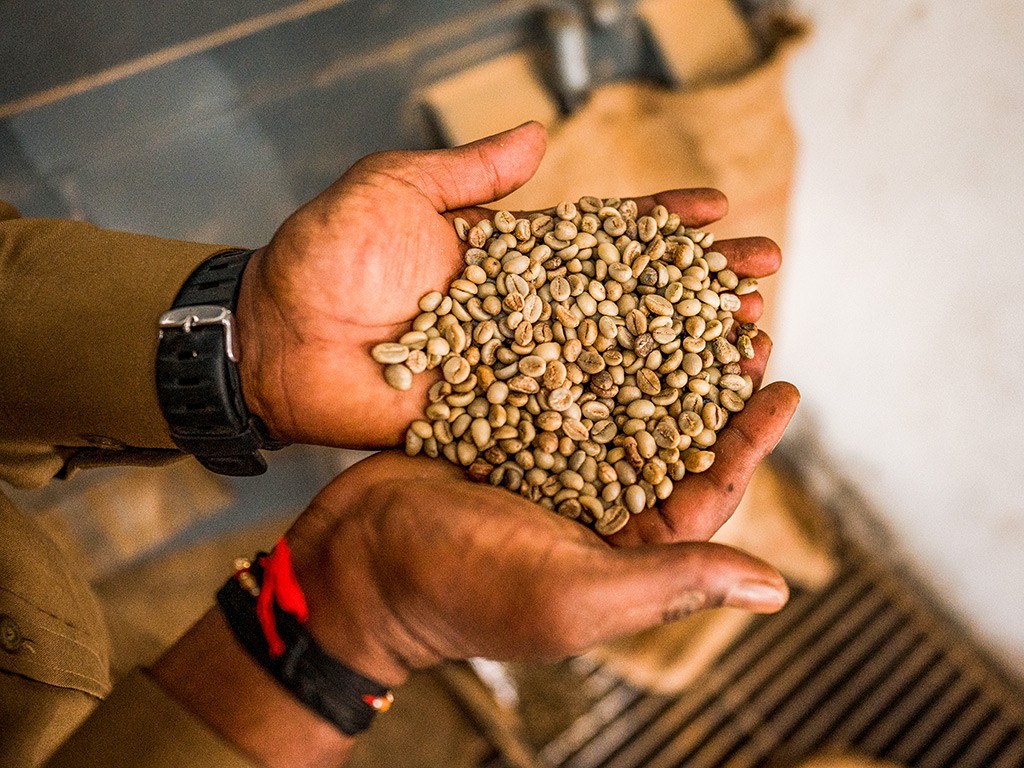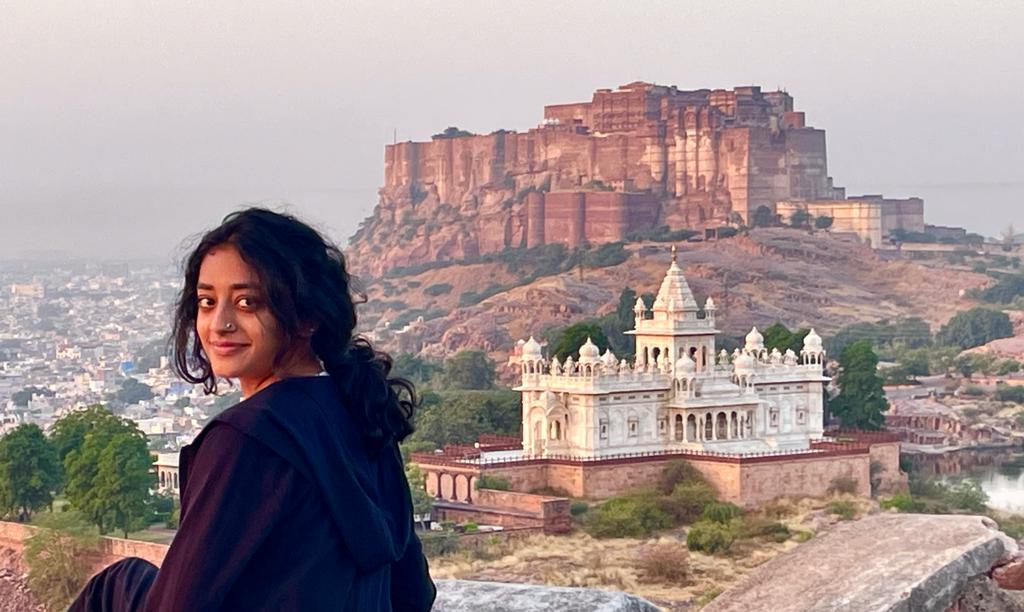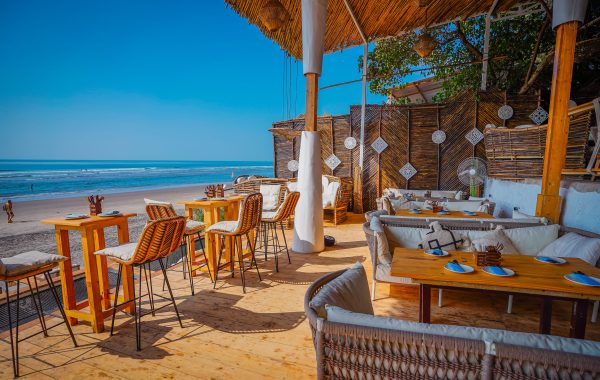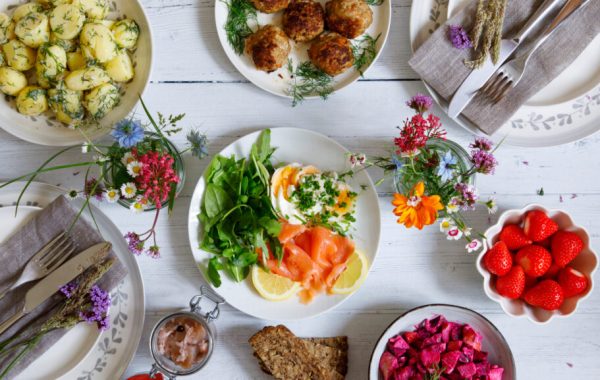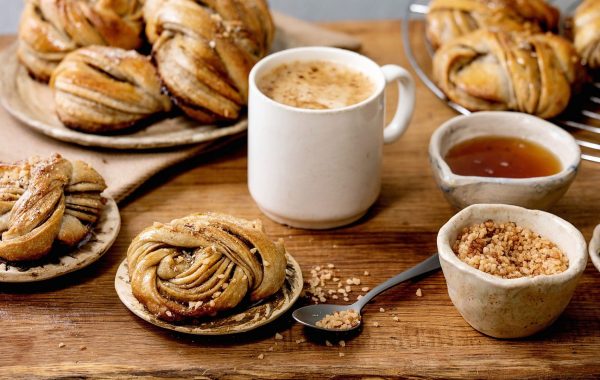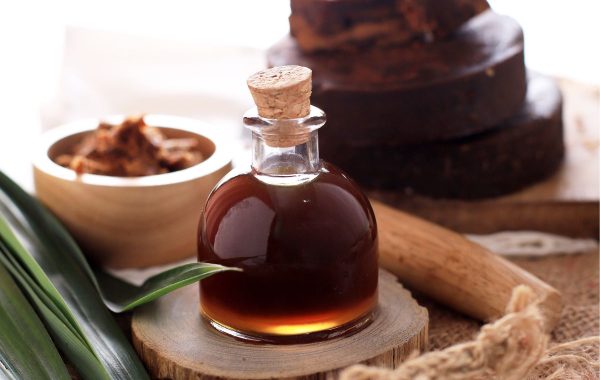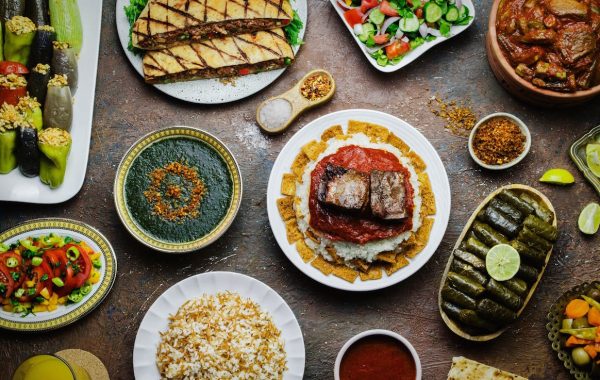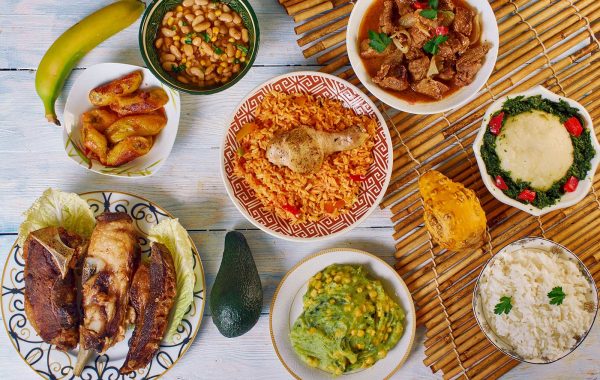Peaberry coffee is the sought-after varietal for South Indian filter coffee.
How far will you go for coffee—out of your bed to the bubbling moka pot in the kitchen, to your favourite café for that morning kick? The search for a perfect and flavourful start to the day sends some on an all-India road trip across the country’s top plantations.
An explosive lushness runs parallel to Karnataka’s smooth roads that cut through hill stations which took decades to reach the bucket lists of obsessive coffee drinkers. When Baba Budan planted the country’s first seven seeds in the 17th century, there was no knowing that centuries later, southern India would transform into a haven for a thriving beverage scene which would witness three distinct waves of coffee consumption.
Coffee-drinking has had a prolific history in the country. What started as colonial plantations, stirred up the interest of local communities who savoured strong concoctions with milk and sugar. Bolder, rougher and bitter coffees—mostly robusta—led the first wave of the consumption culture. As cafés started coming up in metropolises, roasters and pop culture pushed consumers to grumble about their morning brew. Demands for specific roasts, single-origin variants, particular flavour undertones and extraction processes kick-started the consumption of specialty coffee across India. But what is specialty coffee? How does one start to define it? How should you select a bean to your liking? India’s first coffee hub, Chikkamagaluru, answers.
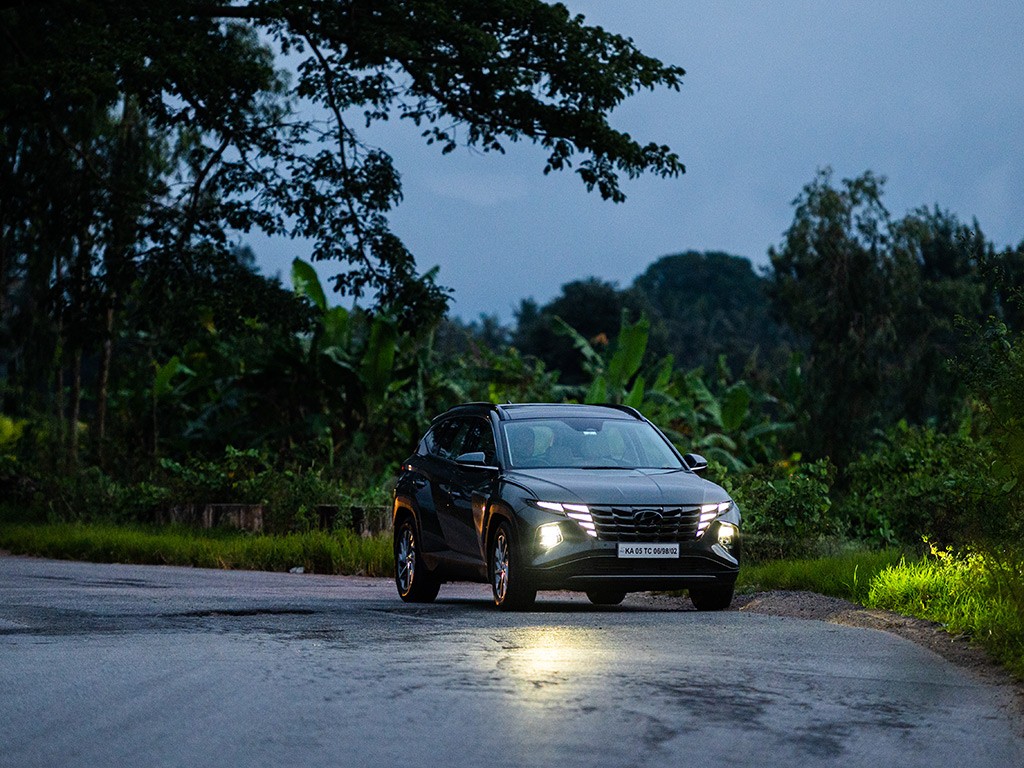
When a bubbling moka pot concentrates a thin microlayer of crema in my coffee, it is enough for me to deem that cup a winner. For Suhas Dwarakanath, a Bangalore-based coffee expert, an ideal cup is a melody of balanced aromas, acidity, roundness, depth and, of course, a caffeine kick. The joy of a simple Salawara-grown arabica which is buttery, chocolaty, rounded and incredibly bold might hold the same stature as Ratnagiri’s finest arabica beans known for their sharp-tasting acidity, floral and fruity undertones and striking complexity. To uncover the bean-to-cup process for the perfect cup of coffee in the morning, Suhas, armed with years of experience crafting this brown nectar with every possible coffee equipment, buckles up in a Hyundai TUCSON and embarks on an expansive 800-kilometre journey to uncover the nuances of the coffee county.
Dusty roads, trodden paths and sandy bits break the concrete highways into colourful segments. The post-monsoon foothills of the Western Ghats give way to tiny pockets of bliss dotted with paddy crops, fruit orchards, pepper trails and tall coniferous forests of peeping silver oak. The drive to the estates, however, remains seamless with Hyundai’s SmartSense ADAS, which has features such as Lane Keep Assist and Blind Spot Monitoring. Multi-terrain modes make it easy to cruise through challenging terrains.
Suhas’ enthusiasm for consuming the beverage in its finest form is ardent as he drives for four days, zipping from Bangalore to Salawara Estate in Belur, through Hulikere Estate in Muthodi forest, Ratnagiri and Halli Berri plantations in the Baba Budan Giri hills, concluding at Blue Mountain estate. What I learn later, is that plantations within the same district can often account for stark flavour differences.

The Blue Mountain Estate affords panoramic views of the coffee valley. Photo by: Siddharth Kejriwal
Ratnagiri Estate, one of the most well-known hubs for specialty coffee, is perched at a height of 1,450 metres. With reportedly over 200 centimetres of annual rainfall, the estate produces complex-tasting beans whose profile is the stark opposite of Salawara’s robusta; the latter quickly ripen with merely 60 centimetres of rainfall, in the low-altitude flatlands at 850 metres. “The higher the region, the more complex the cup,” Suhas shares, adding that higher growing altitudes slows down the ripening of the cherries, allowing them to gather more aromas and flavours from the coffee tree. At the agriculture-forward estates of Halli Berri, heavily manicured estates featuring non-native trees and imported seed varietals thrive under modern irrigation techniques. On the other hand, Hulikere boasts eco-friendly practices, taking pride in housing endemic flora and fauna and seasoning the final produce through the process of ‘monsooning.’
The answer to what adds so much difference to a cup goes beyond the basic three flavour determiners—minerals of the soil, endemic species cohabiting the plantation space and seed varietals. The final magic in the cup is a romantic story of how a seed transforms into flushing red cherries and yields glossy beans that are the stuff that coffee connoisseurs’ dreams are made of. A beverage so pure and fulfilling brews out of a process that took years to master. Plantation owners and farmers carefully select saplings that spend three to five years growing into bushes, fruiting cherries. After harvesting the fruit annually (usually between October and February), each plantation owner processes the golden-maroon drops differently. Natural processing includes sun-drying the cherries after cleaning them which yields the boldest body and aftertaste, while washed coffees that grant the high acidity and intense aroma, go through a pulper that removes the mucilage (skin and fruit) before a short period of drying. A blend of the two outcomes is the semi-wash or honey processing where only the skin is removed before the drying stage. The stage after processing and drying is hulling, where green beans are sent to a dry mill where the parchment and defects are removed and then for roasting, to mark the final stage for a magnificent metamorphosis.
***

Photo by: Siddharth Kejriwal
“I’ve been driving the Hyundai TUCSON for four or five days and now I’m saving money to buy this car,” Suhas exclaims, while narrating his quest for a luscious cup of coffee. “But jokes aside, the vehicle performs way better than what I expected. Not all of the farms I’m tapping have good access by roads. I was surprised to see what the car can do off the road or on tough terrain.”
Traversing routes and flipping maps has been just as demanding as identifying the most memorable brews across Chikkamagaluru. But armed with all-wheel drive and a 10-way power adjustable seat, Suhas continues on the road, parking at a specialty coffee house. On the final leg of his journey, he hails his best finds. These include a bold, high-intensity cuppa brewed through a Japanese cold drip method and two cups of brown elixir that were later prepped for a blind tasting. “Floral, mild, super fruity with two kinds of coffee—washed and natural arabica,” he recalls the first cup. “The second one is packed with 30 per cent robusta and 70 per cent washed arabica, giving it an intense profile with a strong caffeine finish”.
Each sip reveals a long history and workmanship behind the beverage. Chikkamagaluru’s flavours, as discovered, create a spectrum of their own while maintaining chocolatey, caramel notes. But despite holding on to a bag of beans in his possession, the obsession to uncover more about the tiny bean keeps him determined to drive on.

Suhas ends his quest for coffee with two luscious blends. Photo by: Siddharth Kejriwal
The Chikkamagaluru Coffee Tour
Halli Berri plantation: Maintained as formal commercial estates in the Baba Budan Giri hills, catch a plantation tour of the manicured farms and end the day with a visit to the in-house coffee shop
Hulikere plantation: Located close to the Muthodi forest, arabica plantations here house endemic wildlife and native trees. Enjoy the vistas of the estates with a sojourn at Woodway homestay
World of Coffee Café: An experience centre in Chikkamagaluru housing tasting tours. Try different brewing methods and learn how roasting methods impact the flavour
Jayanti Coffee Roastery: Set up in the early 1900s, the roastery is best known for south Indian filter coffee. Catch a tasting session and gather in-depth knowledge of roasting processes
Chamundi Curing Works: Seek prior permission and visit one of the largest hulling facilities to witness the natural, wash and honey processing of cherries into green coffee beans
This feature also appeared in National Geographic Traveller India
In Partnership with Hyundai India
For latest travel news and updates, food and drink journeys, restaurant features, and more, like us on Facebook or follow us on Instagram. Read more on Travel and Food Network
Trending on TFN
The 23 Best Places To Go In 2023
Explore Utah’s Mighty 5® and What Lies in Between
Five Epic U.S. National Parks To Visit This Year


